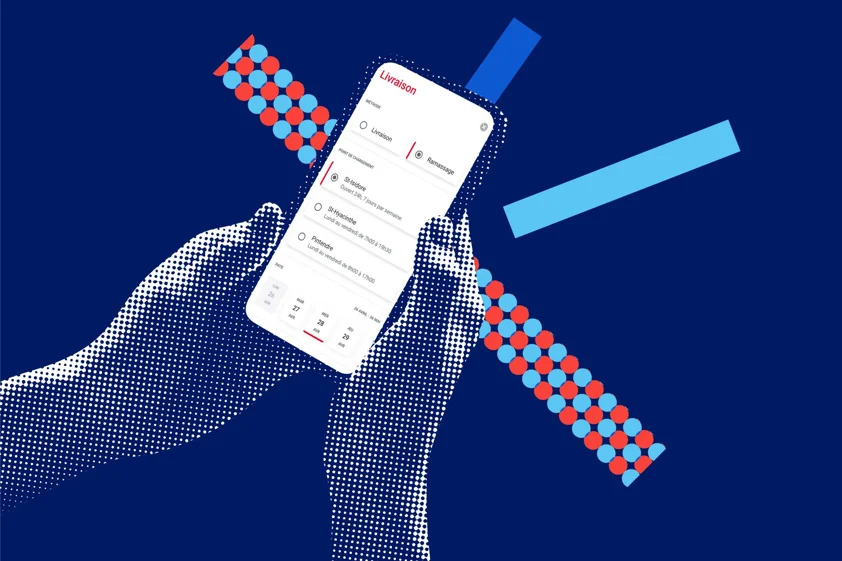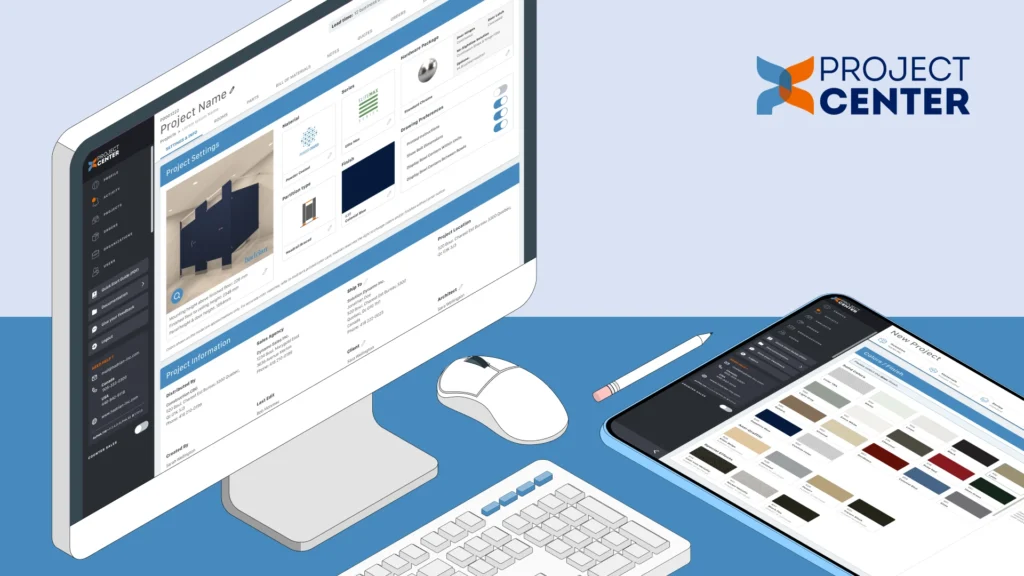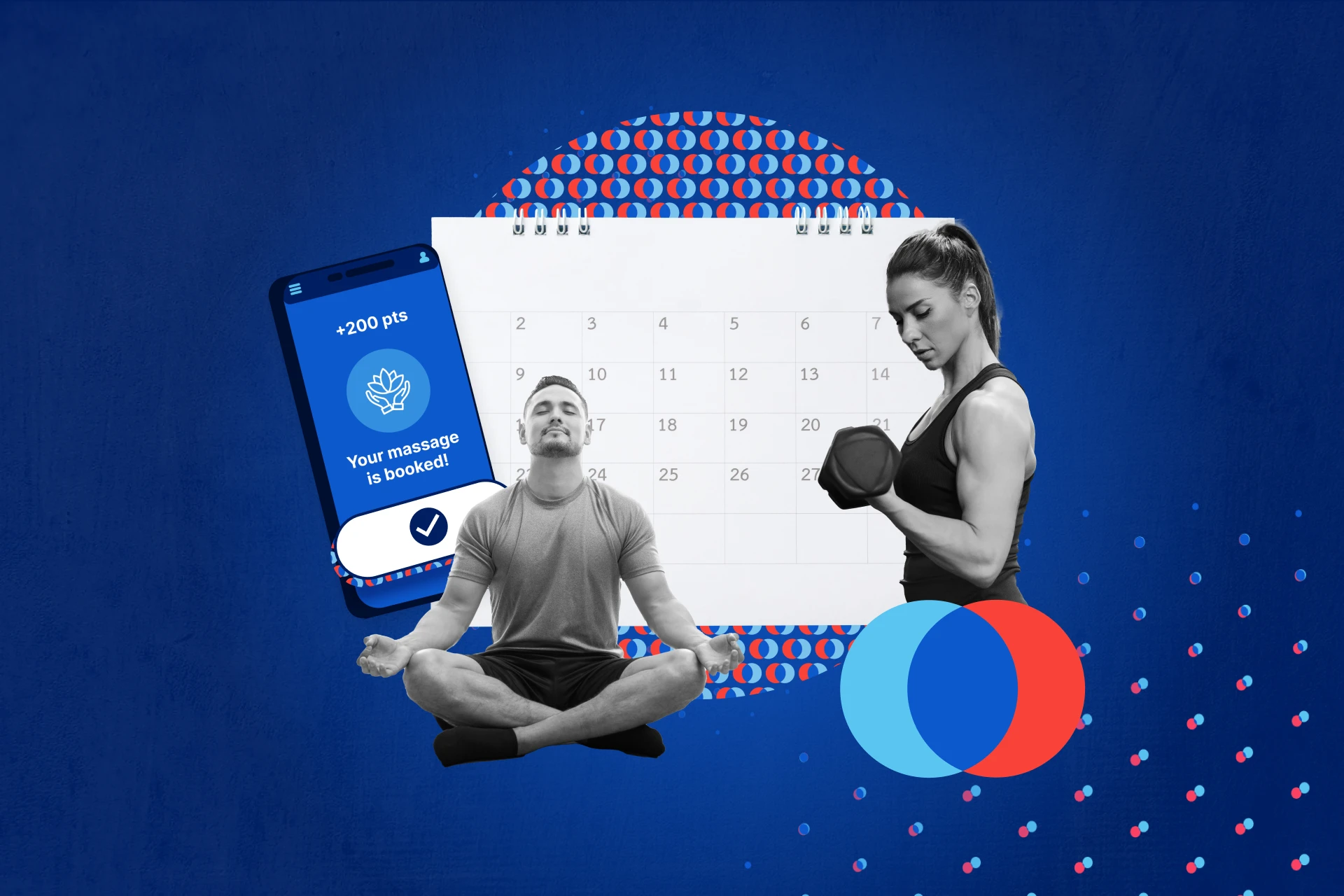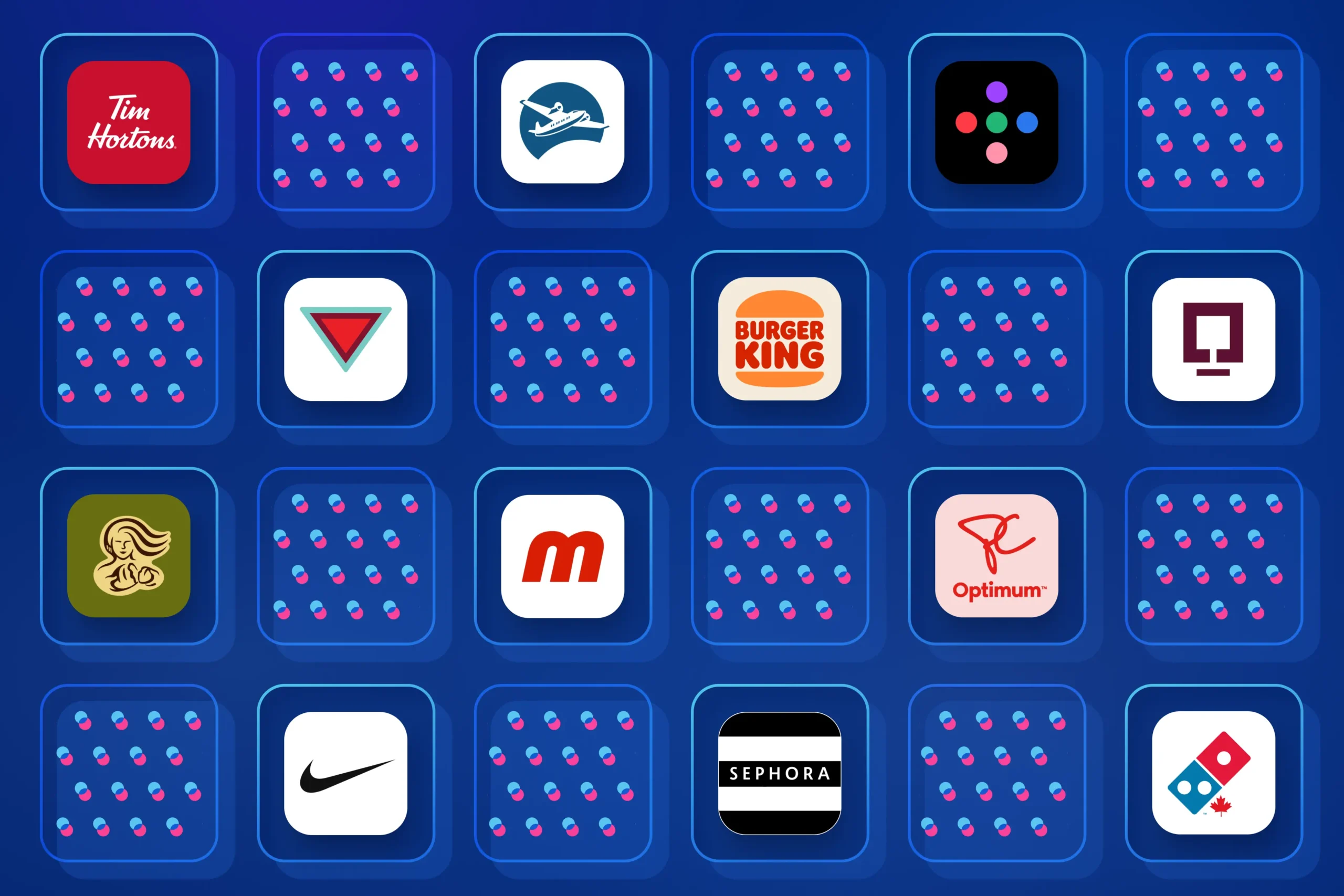Client portals—or client spaces in a B2C e-commerce environment—, which have been very common in the last years, have become essential for any user used to self-serve platforms. It is hard to imagine being a regular client of a company that doesn’t allow us to update our information, to access a bill or to look something up in a few clicks. It would be even more unthinkable to have to call and wait long minutes to get basic information, after having waited 10 minutes to identify ourselves.
The time, autonomy and freedom gained offered by client portals make their absence even more noticeable, which can thus create a lot of friction in the client journey.
« In the last years, users came to realize more and more tasks by themselves. »
David Alexandre Hamel
VP of strategy, CX and design
With its experience in imagining and developing many client portals in different projects, our strategy and CX team outlines the main benefits for users, but also for companies, to jump into the creation and optimization of a B2B client portal.
A Client Portal Centred on the User’s Needs
To ensure the client portal is used by its users, their basic needs need to be met, and more.
If there are essential elements like accessibility (mobile or tablet, 24/7), history or billing, there are also differentiating aspects, specific to each client portal, which change from one company to the next.
Personalized and customizable information? Decision-making tool? Telematic data? Each need can be translated to solutions in a client portal.
To go even further, we could identify advanced functionalities, which sometimes nobody thought of, that can really help the users and offer them a premium client portal experience.
Thinking about these kinds of functionalities is what our teams did for several projects, for example an order history that allows a quick and easy product recommendation based on your orders, generating a list that contains the things you need for renting a car, and a feature to change dates to extend a rental. The quantity of functionalities is as large as the users’ needs.
But what is the secret to find all these functionalities? Mapping out the client journey to meet each of the user’s needs. Stéphanie Mercier, strategist and client journey expert, tells us more: ” Understanding the target clients’ action sequence, their thoughts at each step and their contact points from their perspective allows us to shed light on the friction points caused by the company. It also enables us to quickly see how we can seize opportunities to lighten and optimize the client journey. “
A Contact Point Between the User and the Company
Client portals aren’t simply self-serve platforms: they are a really an added communication channel, a hybrid hub that enables the start of new conversations between the company, its representatives, and its clients.
They are also a space where digital contact points are centralized: no need to check the e-commerce website nor to read presentation brochures, the users have everything they need to self-serve.
The need to call on a representative is rare and of a qualitative nature, it enables focusing on strategic elements and the business relation.
Thanks to this complementarity, the clients’ loyalty towards a company is reinforced: by offering clients quality information and support, they are more inclined to renew their experience with a company.
It’s what happened with Hadrian’ configurator, developed by nventive. Between January and October, the Project Center’s quote and order rate has jumped from 8% to 93%. Now that’s proof that client portals are a real commercial lever!
A Tool That Vouches for the Company’s Productivity
The client portal is not only useful for users… In fact, it’s only the visible part of the iceberg.
In reality, client portals generate enormous benefits for companies: by translating business rules and by normalizing processes, the company can rapidly increase productivity and efficiency.
The time saved is notable, especially for front-line employees, positively impacted by self-service features. A reduction of low added-value contact occurrences is noted. For example, Hydro-Québec employees barely receive calls related to the question: “Is there a power outage in my region?ˮ
All this can be measured in dollars, since service costs for each call are a lot higher than the digital investment costs in the medium term.
This way, employees can focus on analyzing data, optimizing services and tools instead of constantly putting out fires.
For one of our projects, creating a client portal had become the only solution to address the problems with the internal structure and labour shortage: the CEO himself had come to help customer service by answering calls directly at his desk.
Putting in place a client portal on which each user could simply make a quality request greatly helped to alleviate and to reframe everyone’s tasks.
Of course, one could believe all this couldn’t be accomplished without coaching from change management in an organization. But, if the tool is suited to the users’ needs, it can also simply “be designed in a scalable way, following the employee’s rhythm, to hug their way of doing things while optimizing the approach” as our strategist, Claudine Audet, said.







